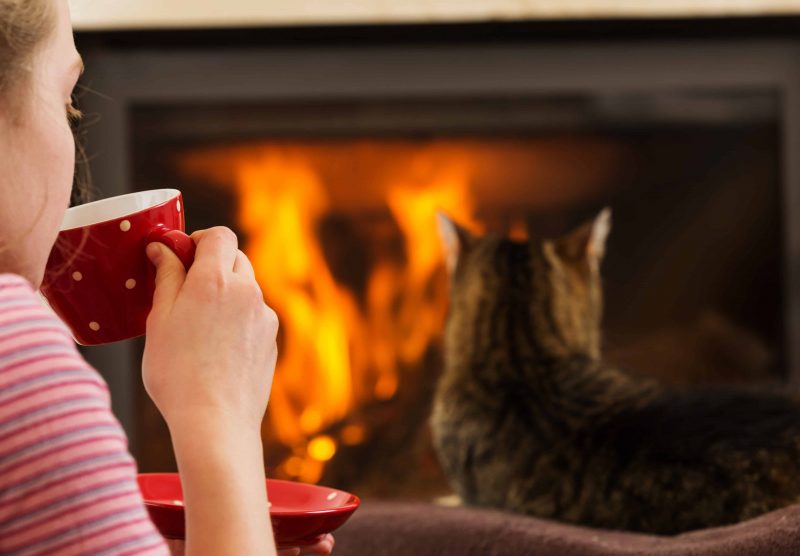Having friends and family over is typically a happy, enjoyable time. However, this isn’t always the case for our 4-legged companions.
Whether it be for a casual dinner party with the neighbours or an evening of games and celebration; in some households, our pet’s anxious (and often undesirable) behaviour can turn a fulfilled evening into an awkward, stressful event! With guests coming and going, new smells are being introduced to the home. Doorbells are ringing, guests shake hands, embrace, joke and laugh. Often times, our pets know something is up well before company even arrives as owners are busy bustling about the house, frantically cleaning and prepping for the evening. Our pets can be left confused, frightened or anxious, or even just over-excited.
Here are some simple tips and training tools to help decrease any stress or fears your pets may have and help them enjoy company as much as we do.
Each individual pet will respond differently to each different scenario based on their previous experience, training, and general personality. These tips will cover the most basic steps that can be taken for most pets. If these solutions do not work for your pet or your lifestyle, it is highly recommended that you contact a professional animal behaviourist or your veterinarian for advice.
Mental and physical exercises are very important for helping our pets relax and handle stressful scenarios much easier.
For dogs, taking them for a controlled leash walk or run, and then working on some obedience or trick training skills prior to having company over will make it easier for them to relax. For cats, spending some extra time playing with them, and even teaching them some tricks, may be helpful. If these skills are exercised daily, you will have a much higher success rate when visitors start to arrive.
Both dogs and cats should be given a “safe place” to go when they feel overwhelmed or uncomfortable. Having a cozy, comfy place in your pets’ favourite spot, or in a quiet room, is very beneficial for nervous or high energy, excitable pets.
Some pets may need some training in order to know where to go to relax.
Cats will generally have their favourite spots that they prefer. Putting a comfy bed/hide box in that spot will make it easy for your cat to learn to use it. If this spot is not quiet enough for your cat, you can encourage them to use a new spot by giving them affection and treats while they are in the new spot.
The “place” * cue is a highly effective way to train your dog to go to a certain spot and stay there until they are relaxed. This can be done by using a leash, treats, and/or a clicker to lure, cue, or shape a behaviour to teach them to go to their bed.
If your pet enjoys company but becomes over-excited when guests arrive, it can be helpful to attach a leash to stop them from running wild or jumping up on people. You can even attach the leash to yourself as a tether if needed. If you have a dog that tends to chew on things be sure to keep a close eye on them to prevent them from chewing on the leash.
For pets that have a harder time than most handling these types of scenarios, you may instead want to think about keeping them in a quiet room with the door closed to prevent increasing unwanted behaviours. Crate training* is a very useful tool for dogs or puppies that may become destructive when left alone. Use an ex-pen for smaller dogs, or young puppies/kittens to allow room for a litter box or pee pad. Crate training should be done slowly over time in order to make sure your pet feels safe and secure in the crate, and not afraid or anxious.
One of the most important, and often most difficult, aspects of handling these scenarios is managing how guests interact with your pets.
Some pets will welcome attention from family and friends with open paws and wagging tails, but some will feel uncomfortable with forced affection and will prefer to be left alone until they are relaxed enough to decide to interact on their own. Asking guests to ignore your pets when they enter the house can make a huge difference in how your pet responds to people coming and going.
*For further training information, contact your local animal behaviourist. There are also many sources available online.
Submitted by Jessica McKay




